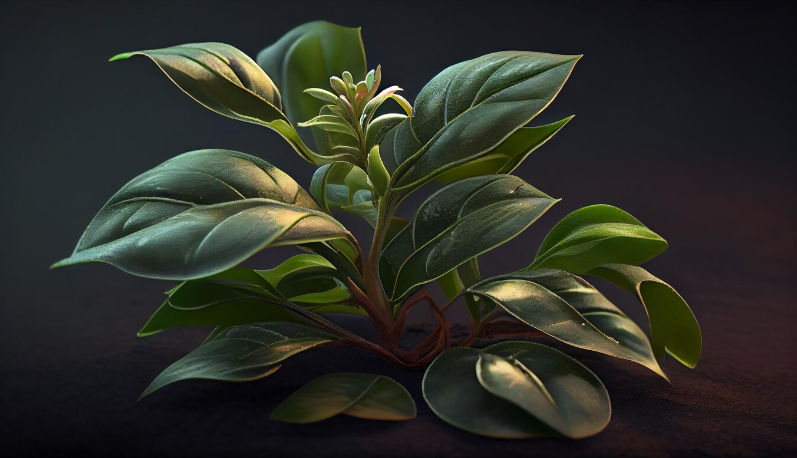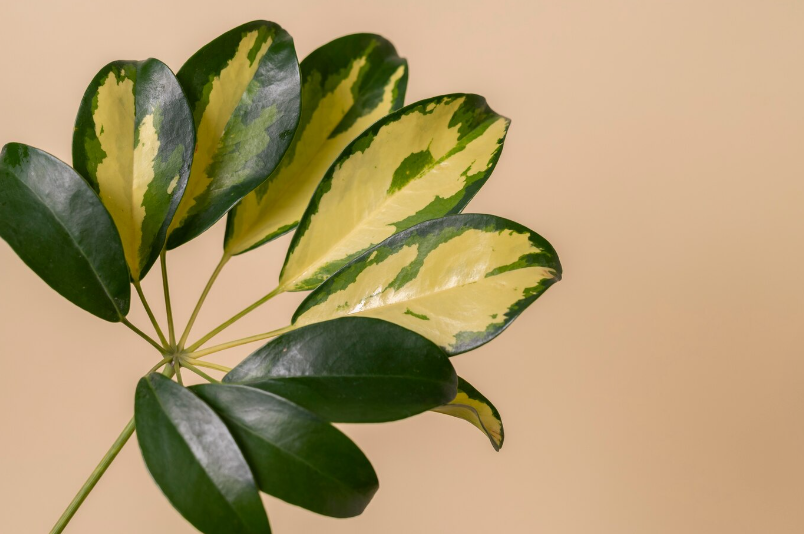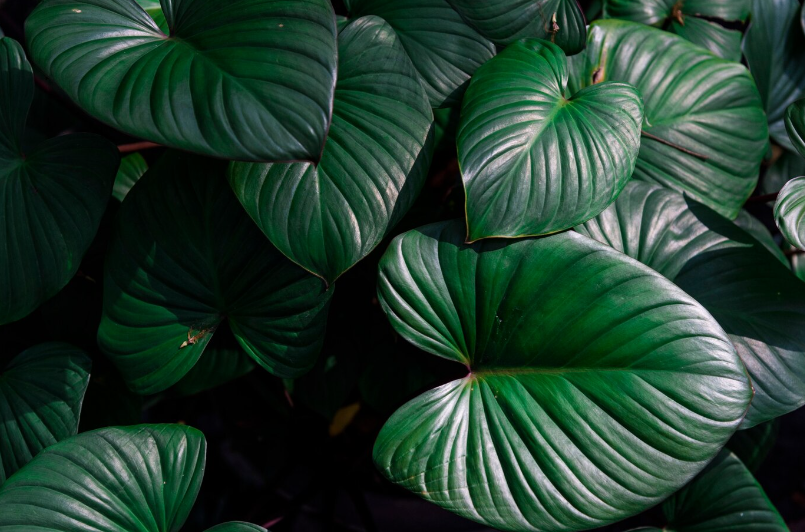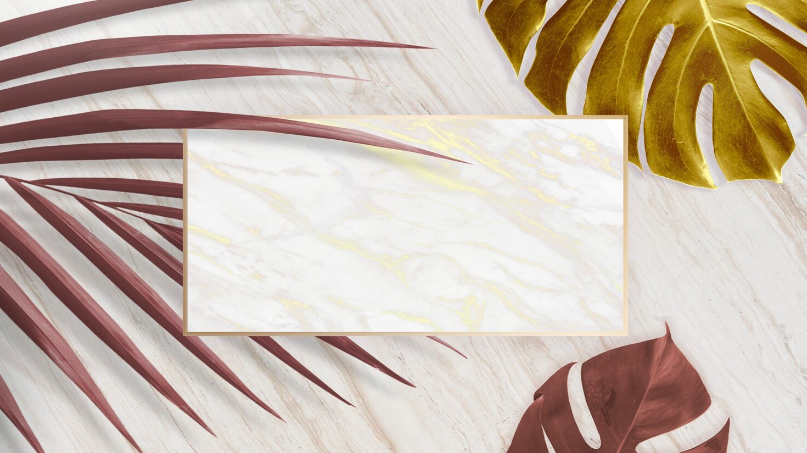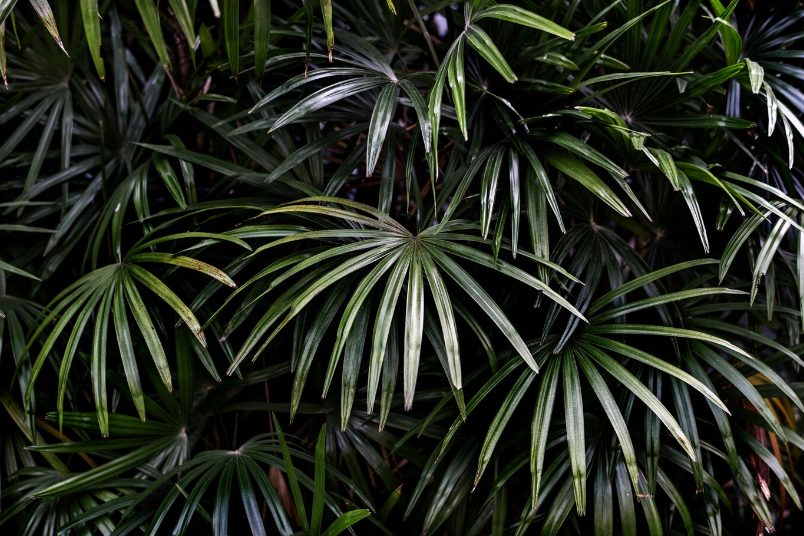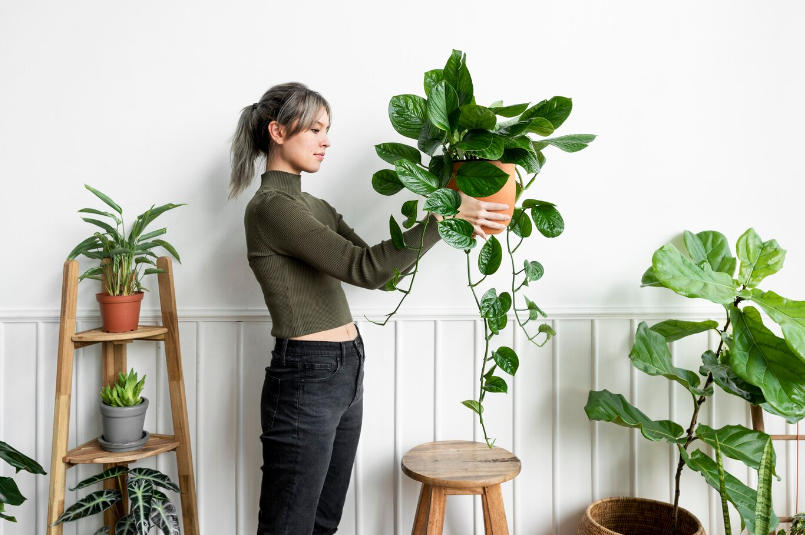Caring for Philodendron Brasil and Erubescens
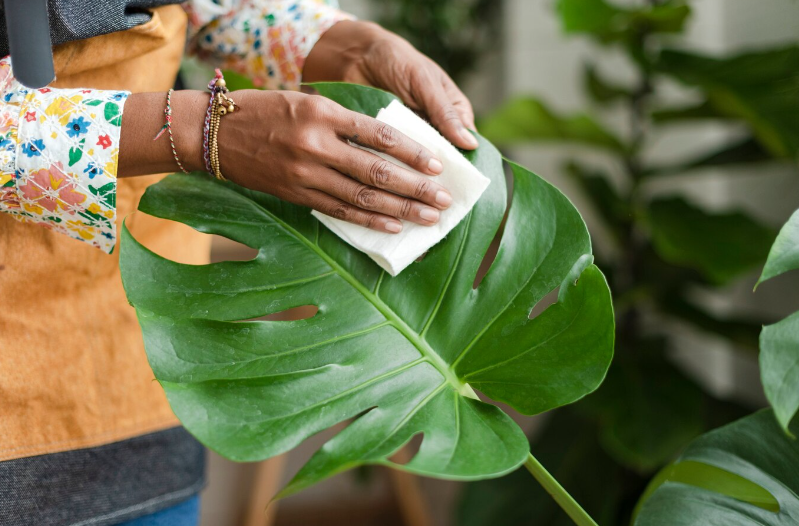
Welcome to The Essential Guide to Caring for Philodendron Brasil and Erubescens! If you have recently acquired these beautiful plants or are considering adding them to your collection, you’ve come to the right place. In this guide, we will provide you with all the information you need to ensure the health and vitality of your Philodendron Brasil and Erubescens.
Philodendron Brasil and Erubescens are both popular varieties of the Philodendron genus. These houseplants are known for their vibrant foliage and easy care requirements, making them perfect for both beginner and experienced plant enthusiasts. With their heart-shaped leaves and stunning variegation, they can instantly brighten up any space.
One of the key factors in successfully caring for Philodendron Brasil and Erubescens is providing them with the right amount of light. These plants thrive in bright indirect light, but can also tolerate lower light conditions. However, be cautious of exposing them to direct sunlight, as it can scorch their leaves. Finding the perfect spot with just the right amount of light will ensure optimal growth and prevent any leaf damage.
Optimal Growing Conditions and Care
Philodendron Brasil and Erubescens are tropical plants that thrive in warm and humid conditions. To ensure optimal growth and health, it is crucial to provide the following growing conditions and care:
- Light: Place your Philodendron Brasil or Erubescens in bright, indirect light. Avoid direct sunlight as it can scorch the leaves. If the plant is not receiving enough light, the leaves may become pale and droopy. On the other hand, too much light can result in burnt or yellowed leaves.
- Temperature: These plants do well in temperatures ranging from 65°F to 85°F (18°C to 29°C). Avoid exposing them to temperatures below 60°F (15°C) as they are sensitive to cold drafts. Consistent temperature levels are essential, as fluctuations can harm the plants.
- Humidity: Philodendron Brasil and Erubescens thrive in high humidity environments. However, they can tolerate lower humidity levels. Increase humidity by placing a humidifier nearby or by misting the leaves regularly with water.
- Watering: These plants prefer consistently moist but not soggy soil. Allow the top inch of soil to dry out between waterings, and then water thoroughly until water drains out of the bottom of the pot. Overwatering can lead to root rot, while underwatering can cause the leaves to wilt. Adjust the watering frequency based on the moisture level in the soil and the season.
- Soil: Philodendron Brasil and Erubescens grow best in well-draining, loose, and rich potting soil. Ensure the soil has good drainage and is not compacted. A mixture of peat moss, perlite, and vermiculite is suitable for these plants.
- Fertilizer: Feed your Philodendron Brasil or Erubescens with a balanced, water-soluble fertilizer once a month during the growing season (spring and summer). Follow the manufacturer’s instructions for the correct dosage, and avoid overfertilization, as it can cause salt buildup in the soil.
- Pruning: Regularly prune your plants to remove damaged or dead leaves, promote new growth, and maintain their desired shape. Use clean, sharp pruning shears to avoid injuring the plants. You can also propagate new plants from stem cuttings during pruning.
By providing the optimal growing conditions and care, you can enjoy healthy and vibrant Philodendron Brasil and Erubescens plants in your home or garden.
Light and Water Requirements for Philodendron Brasil and Erubescens
Proper lighting and watering are crucial for the health and growth of your Philodendron Brasil and Erubescens plants. Here are some guidelines to help you understand their specific light and water requirements:
Light Requirements:
- Philodendron Brasil and Erubescens thrive best in bright, indirect sunlight. Avoid placing them in direct sunlight, as it can scorch their leaves.
- If the leaves start turning pale or yellow, it may be a sign that your plants are not getting enough light. Move them closer to a window or provide supplemental artificial light.
- On the other hand, if the leaves become dark green and start growing smaller, it may indicate that your plants are receiving too much light. Consider moving them to a spot with slightly less brightness.
Water Requirements:
- Philodendron Brasil and Erubescens prefer slightly moist soil. Wait until the top inch of the soil feels dry before watering them again.
- Overwatering can lead to root rot, so make sure the pots have draining holes and remove any excess water that accumulates in the saucers.
- Under-watering can cause the leaves to wilt and become dry. Water your plants thoroughly, allowing water to flow through the drainage holes, and discard any excess water.
- You can also maintain humidity around the plants by misting their leaves or placing a tray filled with water near them. This will help simulate their natural tropical environment.
By following these light and water requirements, you can ensure that your Philodendron Brasil and Erubescens plants thrive and grow beautifully in your home.
The Best Soil Mix, Potting, and Temperature for Healthy Growth
Creating the right growing conditions for your Philodendron Brasil and Erubescens is essential for their overall health and growth. One crucial factor to consider is the soil mix you use.
The ideal soil mix for these plants should be well-draining yet moisture-retentive. A combination of peat moss, perlite, and potting soil is recommended. This mix provides good aeration for the roots and prevents waterlogging, which can lead to root rot.
| Ingredients | Proportions |
|---|---|
| Peat moss | 1 part |
| Perlite | 1 part |
| Potting soil | 2 parts |
Another important aspect of caring for your Philodendron plants is potting. These plants prefer to be slightly root-bound, so choose a container that is just slightly larger than the current root size. When transplanting, gently remove the plant from its old pot and place it in the new one, filling in any gaps with the soil mix.
In terms of temperature, both Philodendron Brasil and Erubescens thrive in warm conditions. The ideal temperature range for their growth is between 65°F to 85°F (18°C to 29°C). Avoid exposing them to temperatures below 60°F (15°C) or sudden temperature drops.
Providing the right soil mix, potting, and temperature conditions will contribute to the healthy growth of your Philodendron Brasil and Erubescens. Remember to monitor the moisture levels in the soil, water when the top inch feels dry, and place them in a well-lit spot away from direct sunlight.
Maintenance and Pruning Techniques
Proper maintenance and pruning are essential for keeping your Philodendron Brasil and Erubescens healthy and thriving. Here are some techniques to help you effectively care for your plants:
1. Watering:
Philodendron plants prefer slightly moist soil, so make sure to water them when the top inch of soil feels dry. Avoid overwatering, as it can lead to root rot. Provide good drainage for the pots to prevent waterlogging.
2. Light:
Place your Philodendron plants in bright, indirect light. Avoid exposing them to direct sunlight, as it can damage their leaves. If the leaves start turning yellow or develop brown spots, it may indicate that the plants are receiving too much light.
3. Fertilizing:
Feed your Philodendron plants with a balanced liquid fertilizer once a month during the growing season (spring and summer). Dilute the fertilizer to half the recommended strength to avoid overfeeding. Reduce or stop fertilizing in the winter when the plants are dormant.
4. Pruning:
Regular pruning helps promote bushier growth and keeps the plants looking neat. Use clean and sharp pruning shears to remove any yellowing or discolored leaves. You can also trim back long stems to encourage branching. Make sure to sterilize your tools before pruning to prevent the spread of diseases.
5. Trellis or support:
If you want your Philodendron plants to climb, provide a trellis or support for them to cling to. This will help with their upward growth and create an attractive visual effect. Secure the plants to the support using soft ties or twine.
6. Cleaning the leaves:
Dust can accumulate on Philodendron leaves, affecting their ability to photosynthesize efficiently. Wipe the leaves gently with a moist cloth or use a spray bottle to shower them with water. Be careful not to use any cleaning products or oils, as they can harm the plants.
By implementing these maintenance and pruning techniques, you can ensure that your Philodendron Brasil and Erubescens thrive and add beauty to your indoor space.
Pruning Philodendron Brasil and Erubescens for Shape and Health
Proper pruning is an important aspect of caring for your Philodendron Brasil and Erubescens plants. Pruning helps maintain their shape, promote new growth, and keep them healthy. Here are some essential tips to follow when pruning these plants:
1. Prune dead or yellowing leaves: Regularly inspect your plants for any dead or yellowing leaves. These leaves are often a sign of nutrient deficiencies or disease. Use sharp, clean scissors or pruning shears to remove these leaves at their base. This not only improves the overall appearance of your plants but also prevents the spread of any potential diseases.
2. Remove leggy or overgrown stems: Philodendron Brasil and Erubescens plants tend to grow long stems with sparse foliage. If your plants become leggy or overly elongated, remove these stems to encourage new growth and create a bushier appearance. Cut the stem just above a healthy leaf or node to promote branching.
3. Shape your plants: Pruning allows you to control the shape and size of your Philodendron Brasil and Erubescens plants. If you desire a more compact, fuller appearance, trim the longer stems and encourage branching. On the other hand, if you prefer a more trailing or vine-like appearance, allow the stems to grow longer without pruning them.
4. Prune damaged or diseased parts: If you notice any signs of disease or pest damage on your plants, promptly remove the affected parts. This prevents further spread and allows your plants to focus their energy on healthier areas. Be sure to disinfect your pruning tools between cuts to avoid spreading any potential pathogens.
5. Prune for air circulation: Over time, Philodendron Brasil and Erubescens plants can become dense, restricting air circulation and increasing the risk of disease. Regular pruning helps thin out the foliage and encourages better airflow. This can help prevent fungal diseases and maintain the overall health of your plants.
Remember to be patient when pruning your Philodendron Brasil and Erubescens plants. It may take some time for new growth to appear, but with proper care and pruning, you can ensure their shape and health in the long run.
Troubleshooting Common Issues: Overwatering, Underwatering, and Environmental Stress
Philodendron Brasil and Philodendron Erubescens are generally low-maintenance plants, but they can still experience some common issues. The three most common problems you may encounter are overwatering, underwatering, and environmental stress. Knowing how to identify and address these issues is crucial for keeping your Philodendron plants healthy and thriving.
Overwatering
Overwatering is one of the most common problems faced by Philodendron plants. It can lead to root rot and other issues that can harm the plant’s overall health. Signs of overwatering include yellowing leaves, wilting, and a generally droopy appearance. To address overwatering, follow these steps:
| 1. | Check the moisture level of the soil by sticking your finger about an inch deep into the soil. If it feels wet or moist, it’s a sign that the plant is overwatered. |
| 2. | If overwatering is confirmed, allow the soil to dry out completely before watering again. Empty any excess water from the saucer or pot tray to prevent the plant from sitting in water. |
| 3. | Adjust your watering schedule and ensure that the plant’s pot has proper drainage to avoid future overwatering situations. |
Underwatering
Underwatering can also affect Philodendron plants and cause leaves to turn yellow and wilt. Signs of underwatering include dry, crispy leaves and soil that feels dry to the touch. To address underwatering, follow these steps:
| 1. | Check the moisture level of the soil by sticking your finger about an inch deep into the soil. If it feels dry, it’s a sign that the plant needs to be watered. |
| 2. | Water the plant thoroughly until water drains out of the bottom of the pot. Ensure that the water reaches all parts of the root system. |
| 3. | Repeat the watering process when the soil feels dry to the touch, but be careful not to overwater. |
Environmental Stress
Philodendron plants can also experience stress due to environmental factors such as temperature fluctuations, low or high humidity, and inadequate light levels. Signs of environmental stress include yellowing or browning of leaves, stunted growth, and a generally unhealthy appearance. To address environmental stress, consider the following:
Temperature fluctuations: Keep your plants away from drafts and sudden temperature changes. Maintain a consistent temperature range of 60-85°F (15-29°C).
Humidity: Increase humidity levels by placing a humidifier near the plant or using a pebble tray filled with water. Mist the leaves regularly to provide additional moisture.
Light levels: Ensure that your Philodendron plants receive indirect or filtered bright light. Avoid direct sunlight, as it can lead to sunburn and damage the leaves.
By troubleshooting these common issues and providing the necessary care, you can enjoy healthy and vibrant Philodendron Brasil and Erubescens plants in your home or garden.
Propagation and Pest Management
Propagation is an excellent way to multiply your philodendron Brasil and erubescens plants and share them with friends and family. There are a few methods you can use to propagate these plants:
| Method | Description |
|---|---|
| Stem Cutting | Take a stem cutting with at least two nodes and place it in water or moist soil until roots form. |
| Air Layering | Select a healthy stem and make a small cut or remove a section of the bark, then cover the cut area with moist sphagnum moss to encourage root growth. |
| Division | If your plant has multiple stems or clumps, you can carefully separate them to create new plants. |
When it comes to pest management, philodendron Brasil and erubescens plants are generally resilient. However, they can still be affected by common houseplant pests like aphids, mealybugs, and spider mites. Here are some tips for managing pests:
Regular Inspection: Take the time to regularly inspect your plants for any signs of pest infestation. Look for tiny insects, sticky residue, or distorted leaves.
Natural Remedies: If you detect pests, you can try using natural remedies like neem oil or insecticidal soap to control the infestation. Follow the instructions on the product carefully.
Isolation: If you have a severely infested plant, it’s best to isolate it from your other plants to prevent the pests from spreading.
Cleanliness: Maintaining a clean environment around your plants can help prevent pest problems. Remove fallen leaves and debris, as they can provide a breeding ground for pests.
Prevention: Lastly, one of the best ways to manage pests is through prevention. Make sure to provide your plants with proper care, including consistent watering and adequate light, to keep them healthy and less susceptible to infestation.
By following these propagation techniques and pest management tips, you can ensure that your philodendron Brasil and erubescens plants thrive and continue to bring beauty to your space.
Effective Methods for Propagating Philodendron Brasil and Erubescens
If you’re a philodendron enthusiast, you might be interested in propagating your Philodendron Brasil or Erubescens plants. Propagation is the process of creating new plants from cuttings or other plant parts, and it’s a great way to expand your collection or share your plants with others. Below are some effective methods for propagating Philodendron Brasil and Erubescens.
- Propagation through stem cuttings: This is one of the most common methods for propagating philodendrons. To propagate through stem cuttings, you’ll need to select a healthy stem with at least two nodes (the points where leaves emerge). Use a clean, sharp knife or pair of pruning shears to cut just below a node. Remove any lower leaves to create a cutting with one or two leaf nodes. Dip the cut end in rooting hormone powder and insert it into a well-draining potting mix. Keep the soil consistently moist and provide indirect light until the cutting establishes roots.
- Propagation through aerial roots: Philodendron Brasil and Erubescens plants often develop aerial roots, which can be used to propagate new plants. To propagate through aerial roots, find a mature stem with visible aerial roots. Gently remove the stem from the soil, taking care not to damage the roots. Cut the stem below a node that has a well-developed aerial root. Plant the aerial root in a small pot with well-draining potting mix, burying the root but leaving the rest of the stem exposed. Keep the soil consistently moist and provide indirect light until the new plant establishes roots.
- Propagation through division: This method is suitable for large, mature plants that have multiple stems or a clumping growth habit. To propagate through division, carefully remove the plant from its pot and gently separate the stems, ensuring that each division has its own roots. Plant each division in a separate pot with well-draining potting mix and water thoroughly. Provide indirect light and keep the soil consistently moist until the new plants establish roots.
- Propagation through leaf cuttings: While less common, it’s possible to propagate Philodendron Brasil and Erubescens through leaf cuttings. Select a healthy leaf and cut it into sections, making sure each section has a portion of the leaf blade and the attached petiole. Dip the cut ends in rooting hormone powder and insert them into a well-draining potting mix. Keep the soil consistently moist and provide indirect light until the cuttings establish roots.
Regardless of the propagation method you choose, it’s important to provide a suitable environment for the new plants to thrive. Maintain a temperature of around 70-75°F (21-24°C) and moderate humidity levels. As the new plants establish roots and grow, you can gradually acclimate them to their final growing conditions. With patience and proper care, you’ll soon have new Philodendron Brasil and Erubescens plants to enjoy!
Identifying and Managing Common Pests and Diseases
Philodendron Brasil and Erubescens are generally hardy plants, but like any plant, they can still face their fair share of pests and diseases. It’s important to be able to identify and manage these issues early on to ensure the health and vitality of your plants.
Common Pests:
1. Spider Mites: These tiny pests are known for their ability to create fine webbing on the undersides of leaves. They feed on the sap of the plant, causing yellowing and distorted foliage. To manage spider mites, isolate the affected plant and spray it thoroughly with insecticidal soap or neem oil.
2. Mealybugs: These small, white insects can be found on the stems and leaves of philodendrons. They suck on the sap of the plant, causing yellowing and stunted growth. To eliminate mealybugs, you can use a cotton swab dipped in rubbing alcohol to remove them manually, or apply a commercial insecticidal soap.
3. Fungus Gnats: These tiny black flies are usually attracted to damp soil. They lay their eggs in the soil, and the larvae feed on the plant’s roots, affecting its overall health. To control fungus gnats, let the soil dry out between waterings and use sticky traps to catch the adults.
Common Diseases:
1. Root Rot: Overwatering can lead to root rot, which is characterized by mushy, dark roots. To manage root rot, remove the affected parts of the plant and repot it in fresh, well-draining soil. Avoid overwatering in the future and make sure the pot has proper drainage.
2. Leaf Spot: Leaf spot is a fungal disease that causes black or brown spots on the leaves. To prevent leaf spot, avoid overhead watering and remove any affected leaves promptly. If leaf spot persists, fungicides can be used as a last resort.
3. Yellowing Leaves: Yellowing leaves can be a sign of various issues, including nutrient deficiencies, too much or too little light, or improper watering. It’s essential to assess the overall care of your plant and adjust accordingly to address the underlying cause.
By being vigilant and taking proactive measures, you can successfully manage common pests and diseases that may affect your Philodendron Brasil and Erubescens. Regularly inspect your plants, provide optimal care, and seek advice from a professional if needed.
Safety and Environmental Adaptation
Caring for your Philodendron Brasil and Erubescens involves ensuring the safety of both the plant and its environment. Here are some important considerations:
Toxicity: It is essential to be aware that Philodendron Brasil and Erubescens are toxic to humans and pets if ingested. Keep them out of reach from children and pets to prevent any accidents. If accidentally ingested, seek medical help immediately.
Light: These plants thrive in bright, indirect light. Placing them near a window with filtered sunlight is ideal. Avoid exposing them to direct sunlight as it can cause leaf burn.
Temperature: Philodendron Brasil and Erubescens prefer temperatures between 60°F and 75°F (15°C to 24°C). Avoid exposure to extreme temperatures, drafts, or sudden temperature changes as it can harm the plants.
Humidity: These plants enjoy higher humidity levels. Mist the leaves with water regularly or place a tray of water near the plant to increase humidity. This will help prevent brown leaf tips and create a healthier environment for the plants.
Watering: Keep the soil of your Philodendron Brasil and Erubescens slightly moist but not waterlogged. Allow the top inch of soil to dry out before watering again. Overwatering can lead to root rot and other issues.
Soil: Well-draining, rich potting soil is best for these plants. Use a mixture of peat moss, perlite, and vermiculite to ensure good drainage and aeration for the roots.
Fertilizing: Feed your Philodendron Brasil and Erubescens with a balanced, water-soluble fertilizer every two to three months during the growing season. Be sure to follow the instructions on the fertilizer package for proper dosage and application.
Pests: These plants are relatively resistant to pests. However, keep an eye out for common houseplant pests like aphids, mealybugs, and spider mites. If you notice any pests, treat them immediately with appropriate insecticidal soap or neem oil.
By following these safety guidelines and providing a suitable environment, you can ensure the health and well-being of your Philodendron Brasil and Erubescens, allowing them to thrive and beautify your home or office space.
Ensuring Safety Around Pets: Toxicity of Philodendron Brasil and Erubescens
Philodendron Brasil and Erubescens are popular houseplants known for their beautiful foliage and ability to thrive in indoor environments. However, it is important to be aware that these plants can be toxic to pets, including cats and dogs.
The plants contain calcium oxalate crystals, which can cause irritation and swelling in the mouth, throat, and digestive system if ingested. Symptoms of ingestion may include drooling, difficulty swallowing, vomiting, and diarrhea. In severe cases, it can lead to more serious health issues.
To ensure the safety of your pets, it is essential to take precautions when owning Philodendron Brasil and Erubescens:
- Place the plants in an area that is out of reach of pets, such as high shelves or hanging baskets. This will prevent them from being able to access the plants.
- If you notice any signs of ingestion, such as your pet chewing on the plants or exhibiting symptoms of toxicity, remove the plant from their vicinity immediately and contact your veterinarian for further guidance.
- Consider using natural deterrents, such as bitter sprays or pet-safe repellents, to discourage pets from approaching the plants.
- Monitor your pets closely when they are near the plants to prevent any accidental ingestion.
- If you have multiple pets, separate them when the plants are being watered or when any part of the plant is trimmed or disposed of. This will prevent them from being exposed to any toxic residue.
While Philodendron Brasil and Erubescens can add beauty to your indoor space, it is crucial to prioritize the safety of your pets. By following these precautions and being vigilant, you can ensure a safe environment for both your plants and your furry friends.
Adapting Philodendron Care in Different Environmental Conditions
Philodendrons are versatile plants that can adapt to various environmental conditions. Whether you are a beginner or an experienced plant enthusiast, understanding how to adjust your care routine based on the specific needs of your Philodendron can make a significant difference in the plant’s health and growth. Here are some tips on adapting Philodendron care in different environmental conditions:
Light: Philodendrons thrive in bright, indirect light. However, they can also tolerate lower light conditions, making them suitable for various locations in your home or office. If you have a Philodendron in a low-light area, make sure to place it near a window or use artificial grow lights to provide adequate light.
Temperature: Philodendrons are tropical plants that prefer temperatures between 60-75°F (15-24°C). They can handle slight temperature fluctuations, but it is essential to avoid extreme cold or heat. Ensure that your Philodendron is not exposed to drafts or direct heat sources like radiators.
Humidity: These plants enjoy higher humidity levels, but they can adapt to average household humidity. If your home has dry air, consider increasing humidity by using a humidifier or placing the plant on a tray filled with water and pebbles. Misting the leaves regularly can also provide some humidity.
Watering: Philodendrons like to be kept evenly moist but not soggy. The frequency of watering will depend on factors such as the size of the pot, the type of soil, and the environmental conditions. In general, wait until the top inch of soil feels dry before watering. Ensure good drainage to prevent waterlogged roots.
Fertilizing: Regular fertilization can help promote healthy growth. Use a balanced liquid fertilizer specifically formulated for houseplants during the growing season (spring and summer). Follow the instructions on the fertilizer package for the correct dosage and application frequency.
Potting and Soil: Philodendrons prefer well-draining soil that retains some moisture. A mixture of peat moss, perlite, and potting soil is commonly used. Repot your Philodendron every 1-2 years or when the plant outgrows its current pot. Choose a pot with drainage holes to prevent water accumulation.
| Light | Temperature | Humidity | Watering | Fertilizing | Potting and Soil |
|---|---|---|---|---|---|
| Bright, indirect light | 60-75°F (15-24°C) | Prefer higher humidity, can adapt to average household humidity | Keep soil evenly moist, avoid overwatering | Regular fertilization during the growing season | Well-draining soil mixture of peat moss, perlite, and potting soil |
By understanding the specific care requirements of your Philodendron and making adjustments based on the environmental conditions, you can create an ideal growing environment that will promote the plant’s health and vitality.
Q&A:
How often should I water my Philodendron Brasil?
You should water your Philodendron Brasil when the top inch of soil feels dry. Typically, this means watering once every week or two.
Can I keep my Philodendron Brasil in direct sunlight?
No, Philodendron Brasil prefers bright indirect light. Direct sunlight can scorch the leaves of the plant.
What should I do if the leaves of my Philodendron Brasil turn yellow?
If the leaves of your Philodendron Brasil turn yellow, it may be a sign of overwatering. Allow the soil to dry out before watering again and make sure the plant is not sitting in water.
How often should I fertilize my Philodendron Brasil?
You should fertilize your Philodendron Brasil once a month during the growing season (spring and summer) with a balanced houseplant fertilizer diluted to half the recommended strength.
Can I propagate my Philodendron Brasil?
Yes, you can propagate your Philodendron Brasil by taking stem cuttings and placing them in water or moist soil. Make sure each cutting has at least one node, as this is where new roots will form.
What is the ideal temperature for Philodendron Brasil and Erubescens?
The ideal temperature for Philodendron Brasil and Erubescens is between 65°F and 85°F (18°C and 29°C).
